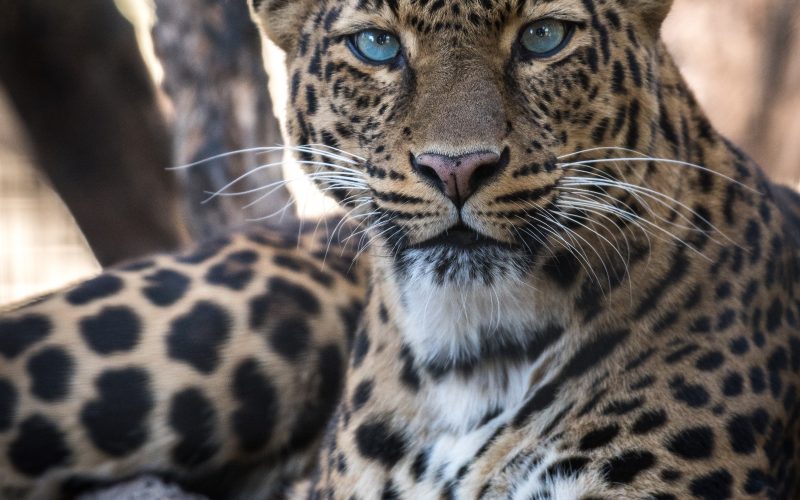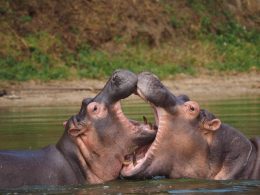Leopards and jaguars are both large, powerful predators that are often confused for one another. While they share many similarities, there are several key differences between these two big cats that set them apart.
Physical Characteristics
One of the most noticeable differences between leopards and jaguars is their physical appearance. Leopards have a yellowish or golden coat covered in black spots, while jaguars have a larger and more complex pattern of spots called “rosettes”. These rosettes have a central spot or dot, surrounded by a ring of black spots. Jaguars also tend to have a stockier build with a larger head and shorter legs compared to leopards.
Habitat
Leopards are found throughout much of Africa and Asia, while jaguars are found primarily in Central and South America. Both cats can adapt to a variety of habitats, including forests, grasslands, and mountains, but jaguars are known for their ability to swim and hunt in water. In fact, jaguars are the largest cat in the Americas and are often found near rivers and other bodies of water.
Behavior
Leopards and jaguars are both solitary animals that are highly territorial. However, jaguars are generally more aggressive and territorial than leopards. Jaguars have been known to attack humans when they feel threatened or when their territory is invaded, while leopards tend to avoid humans if possible.
Diet
Both leopards and jaguars are carnivores that primarily hunt prey such as deer, antelope, and smaller mammals. However, jaguars are known for their powerful jaws and ability to crush the skulls of their prey, while leopards tend to suffocate their prey with a bite to the throat. Jaguars also have a more varied diet than leopards and have been known to hunt fish, turtles, and other aquatic animals.
Conservation Status
Both leopards and jaguars are listed as near threatened on the IUCN Red List, with declining populations due to habitat loss and fragmentation, hunting, and poaching. However, jaguars face greater threats due to habitat destruction and fragmentation caused by deforestation in Central and South America.
In Conclusion
In summary, while leopards and jaguars share many similarities, including their large size and predatory nature, there are several key differences between these two big cats. Jaguars have a larger and more complex pattern of rosettes on their coats, are found primarily in Central and South America, are more aggressive and territorial than leopards, have a more varied diet, and face greater threats to their survival due to habitat destruction and fragmentation. By understanding these differences, we can better appreciate the unique characteristics and importance of each of these magnificent big cats.












